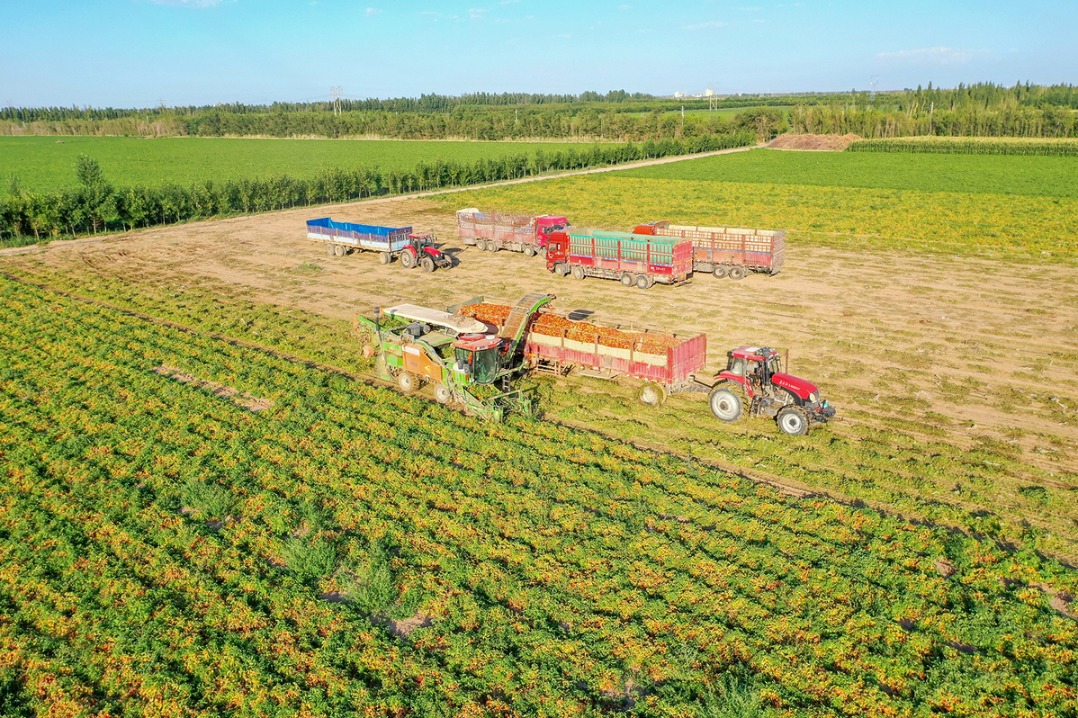China's air quality fluctuates due to pollution and meteorological conditions


This year, China's air quality fluctuations have been attributed to two main factors: pollution emissions and meteorological conditions.
The analysis was presented by Liu Bingjiang, chief engineer at the Ministry of Ecology and Environment, during a news briefing held by the State Council Information Office on Monday.
By October, crude oil processing saw a growth of 11.2 percent, while there was a 5.7 percent rise year-on-year in thermal power generation and road passenger transport increased by 23.5 percent.
"As a result, there has been an increase in emissions of atmospheric pollutants," he told the news conference.
Data from the China Meteorological Administration reveals that the country has experienced 17 sand and dust weather events so far this year, the highest number in the past decade, an almost 50 percent increase compared with the ten-year average during the same period.
Among these events, there were five severe sand and dust storms, roughly twice the average for the past decade.
Satellite observations indicate that this year sand and dust weather events have affected an area of over 5.29 million square kilometers, which is more than half of China's land area.
Faced with such challenging conditions, Liu highlighted that the ministry has intensified efforts in air pollution prevention and control this year.
Reductions of emissions through engineering and management, progress has been made in curbing the rebound of air quality in the second half of the year, Liu said.
- Musee d'Orsay masterpieces arrive in Shanghai
- China's heat alerts overlap with gaokao
- Shanghai Disney Resort to unveil new experiences for 9th-anniversary celebration
- Jinzhou zoo puts apes on 'paid leave' during exams
- Beijing prosecutors ramp up efforts in environmental cases
- China Defense Ministry warns DPP seeking US weapons





































